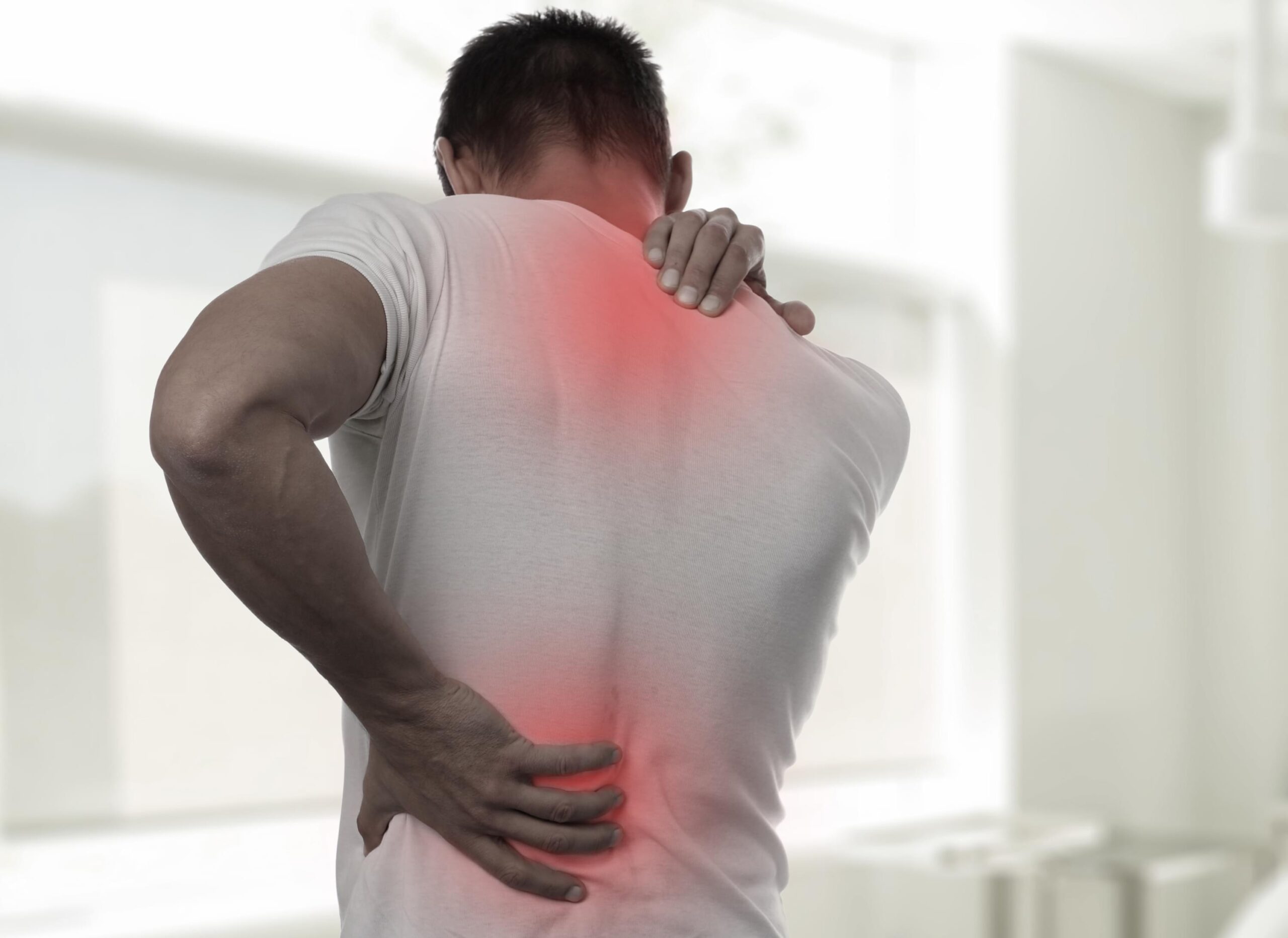Lumbar Spinal Stenosis

With degenerative changes associated with the aging process, the shape of the spine changes and the width of the spinal canal can get narrowed and create pressure on the spinal nerves. This process is known as spinal stenosis and when it occurs in the lower lumbar region of the spine, it’s known as lumbar spinal stenosis. Of all the degenerative changes seen in spinal stenosis, most common is in the lumar region.
While degenerative changes in the spine can be seen in around 95% of people by the age of 50, lumbar spinal stenosis is more commonly seen in those above 60 years of age. With increasing age, the inter-vertebral spongy discs tend to get hardened, resulting in loss of disc height and its bulging out into the spinal canal. This narrowing of the canal results in compression of nerves radiating out towards the legs and urinary bladder.
Symptoms
The patient may feel pain, cramping or numbness in the legs, buttocks or calves which could get further aggravated upon standing for long periods or walking. The pain could radiate to one or both legs and in rare cases, could even lead to loss of motor function of the legs or loss of bowel or bladder function. Pain will typically improve upon bending forward, sitting or lying down.
Diagnosis
Diagnosis is done based on your history, symptomatology and physical examination. This can be further backed up by imaging studies including x-rays, CT scans, MRIs or myelograms.
Treatment
1.Conservative treatment
In some cases, non-surgical methods can contain the progression of lumbar spinal stenosis and include anti-inflammatory medications, epidural injections, physiotherapy, posture correction, weight management, bone strengthening endeavors and smoking cessation.
2.Surgical treatment
When conservative therapy doesn’t work, surgery is usually advised. The different types of surgeries usually performed are;
Decompressive laminectomy
Laminotomy
Medial facetectomy
Foraminotomy
Transforaminal lumbar interbody fusion
Anterior lumbar interbody fusion
Posterior lumbar interbody fusion
Posterolateral fusion
Instrumented fusion
Visit: https://www.neurosurgerybangalore.com/
call us@+91 93538 84928







